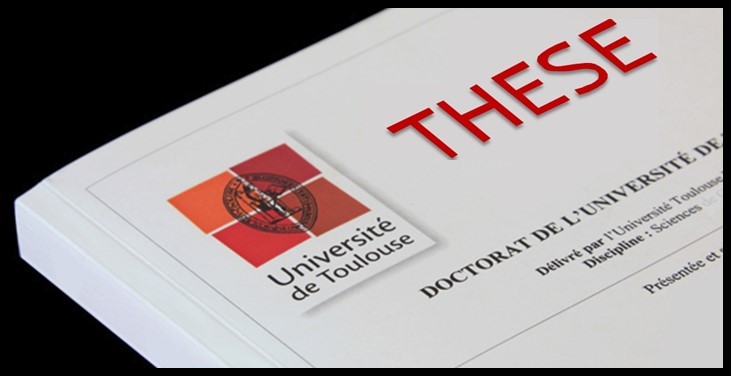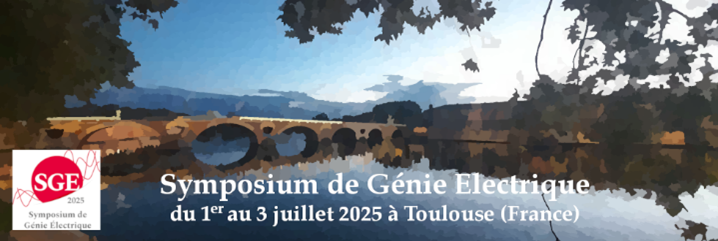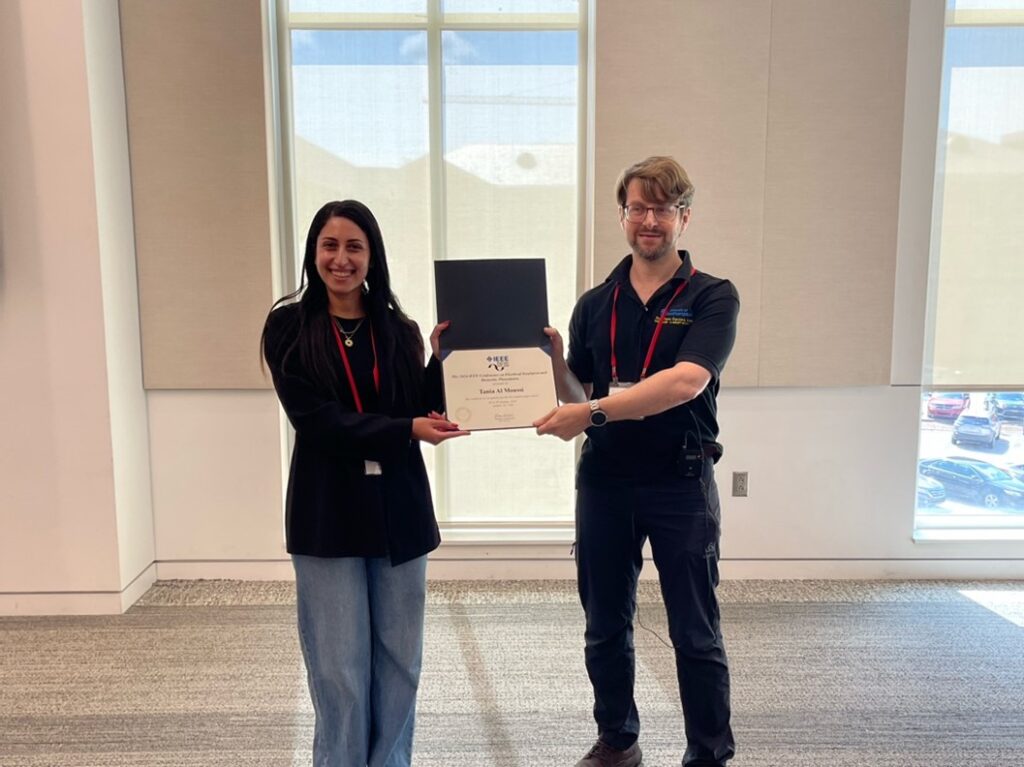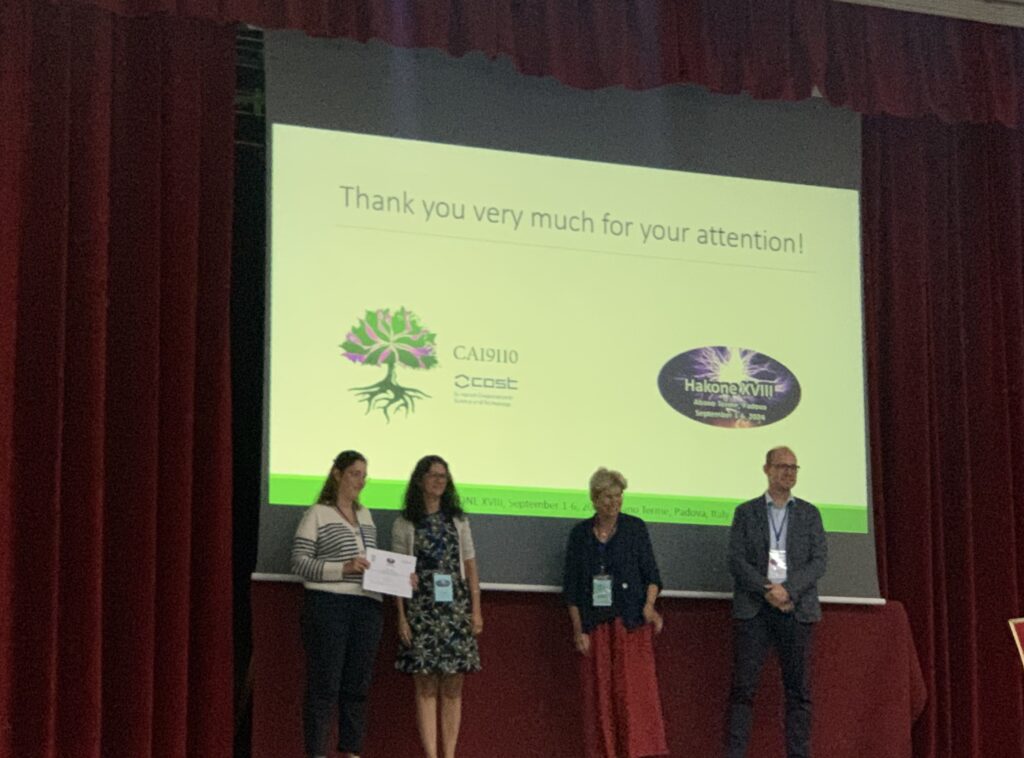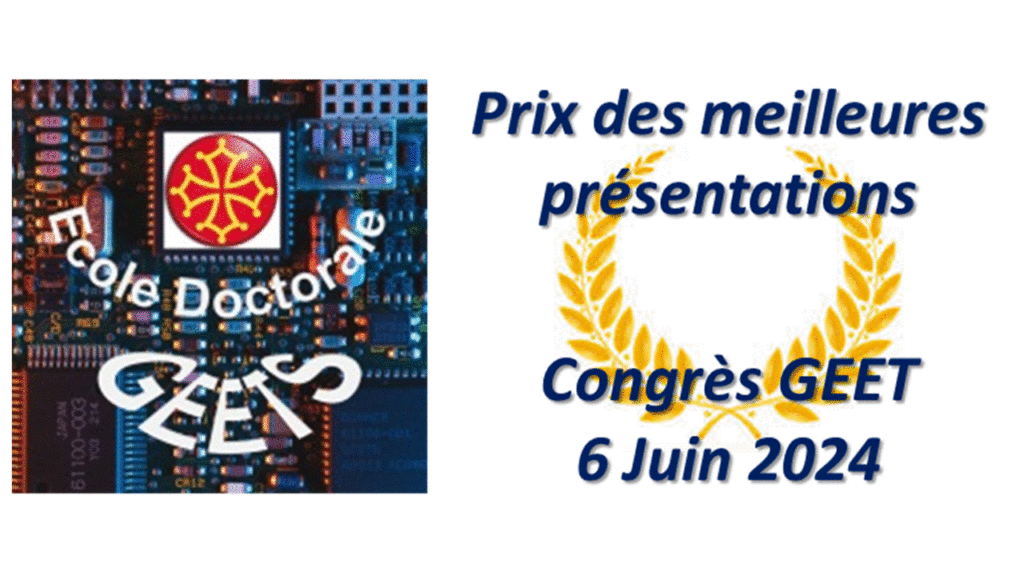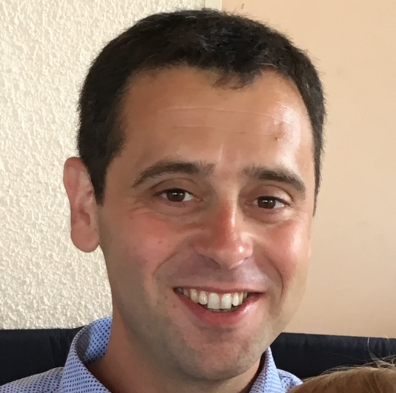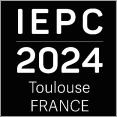Researchers involved: Patrice Raynaud
This theme brings together our team’s strong historical axes around the study and production of thin film deposition by very low pressure plasma (of the order of mTorr or 0.1 Pa) from complex molecules: organic (e.g., CH4 for the production of nano-diamonds or solvent aerosols), organometallic (for the production of TiOxCyHz, TiO2 or ZrO2, ZnO, NiO, Ni) and organosilicon (for the production of SiOxCyHz and SiO2 layers or mixed with organometallics).
This work relies on a large fleet of dedicated equipment (two low-pressure microwave plasma reactors, two low-pressure RF reactors, two dedicated ALD and ALD/plasma reactors), as well as an FTIR plasma diagnostic platform, developed and implemented in the laboratory using The RETINA Department and the mechanical and electronic Departments of LAPLACE. In this context, the entire process chain is controlled, from plasma to the production of layers and final properties, including the study and understanding of plasma/solid phase correlations, which ultimately enable the control and monitoring of a process.
In recent years, numerous challenges have been addressed and overcome, including: the study of the behavior of matrix sources in nano-diamond deposition, the study of plasma/deposition correlations, and the study of the composition and properties of organosilicon SiO2/organometallic TiO2/ZrO2 nanocomposite multilayers. A major challenge has been addressed in studying the composition of active plasma species through the implementation of a platform dedicated to in-situ FTIR analysis. This platform, unique in France and Europe, is intended to be open to the entire scientific community to test their plasma sources and complex molecules. Thin-film deposition must also address technological challenges related to application constraints: gas sensors, VOC sensors, high-energy-density Li-ion batteries, high-pressure H2 storage, and even nano-diamonds for the mechanical industry.
For all of these studies and potential applications, the environmental challenge is omnipresent and primarily concerns the implementation of low-material consumption processes (very low-pressure plasma and/or thin films of a few hundred nanometers) in order to significantly reduce the use of natural resources and limit effluent production.
These studies were carried out through numerous international collaborations with Switzerland (EMPA Thune, BFH (Berner FarhHochSchule- Thune)), Belgium (University of Mons), Spain (University of Seville), Algeria (Mentouri University – Constantine), Egypt (Faculty of Science, Ain Shams University – Cairo and Egyptian Petroleum Research Institute – Cairo) and national (PROMES Perpignan, IEM Montpellier, CEA Grenoble, etc.). They were funded through various international, national and regional calls for projects.
